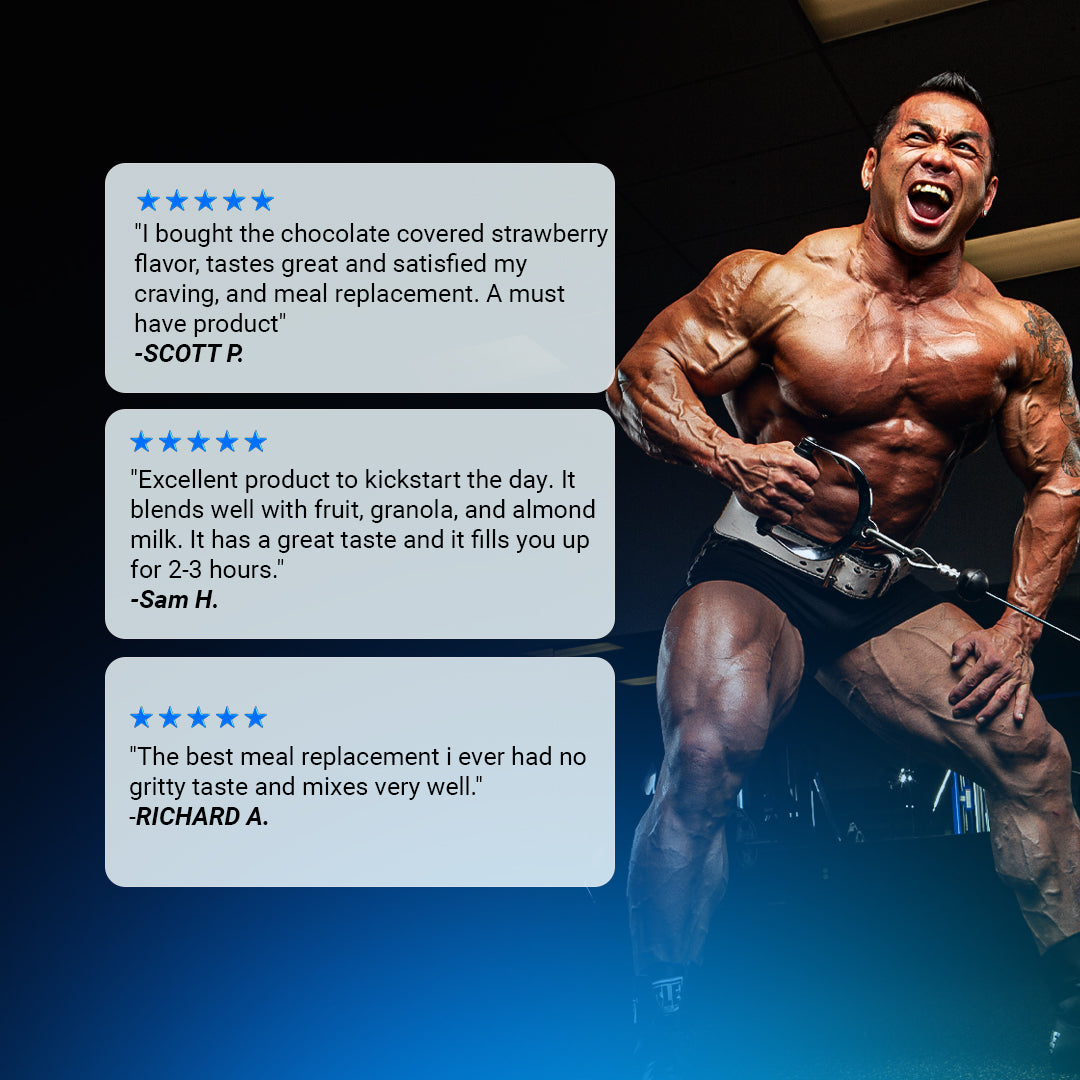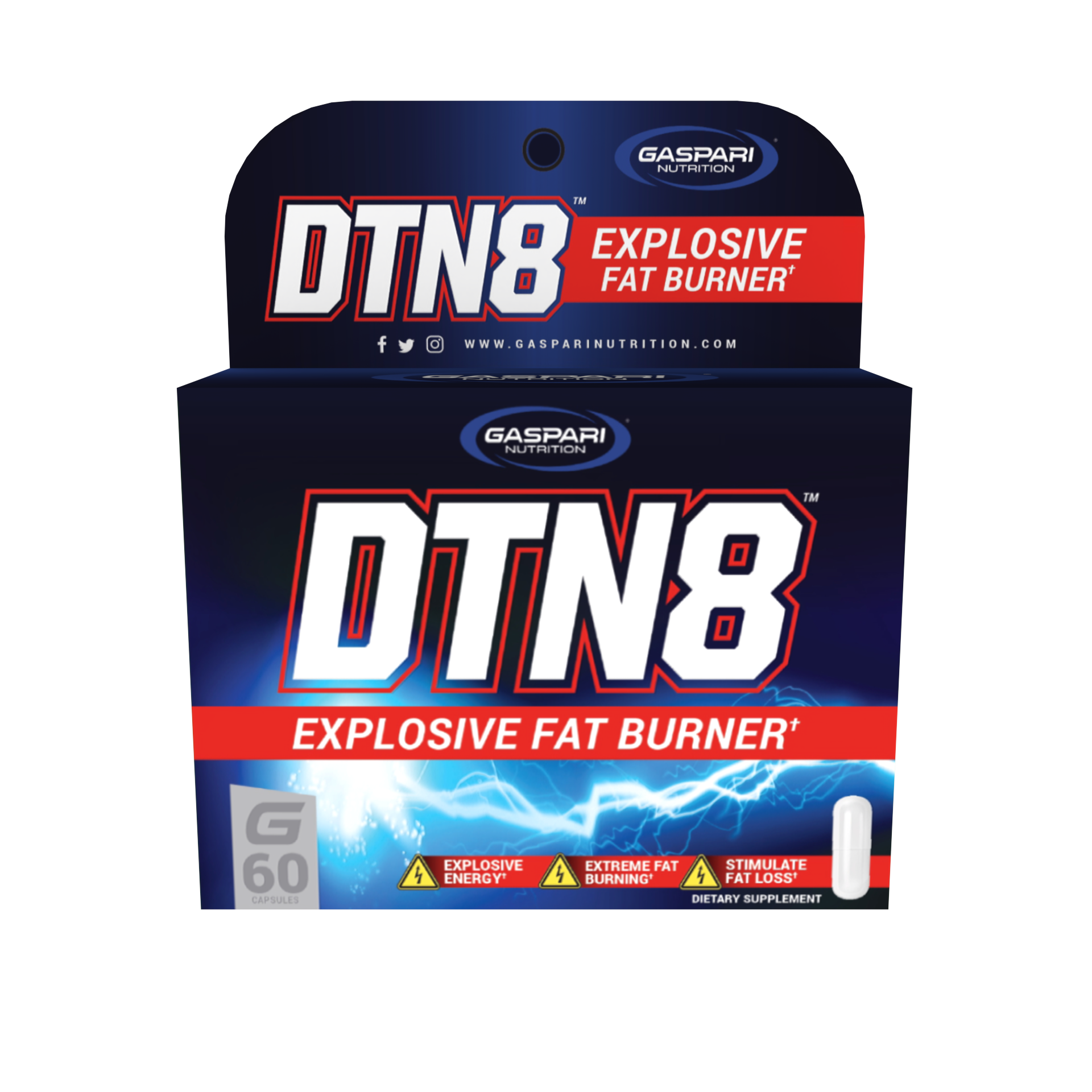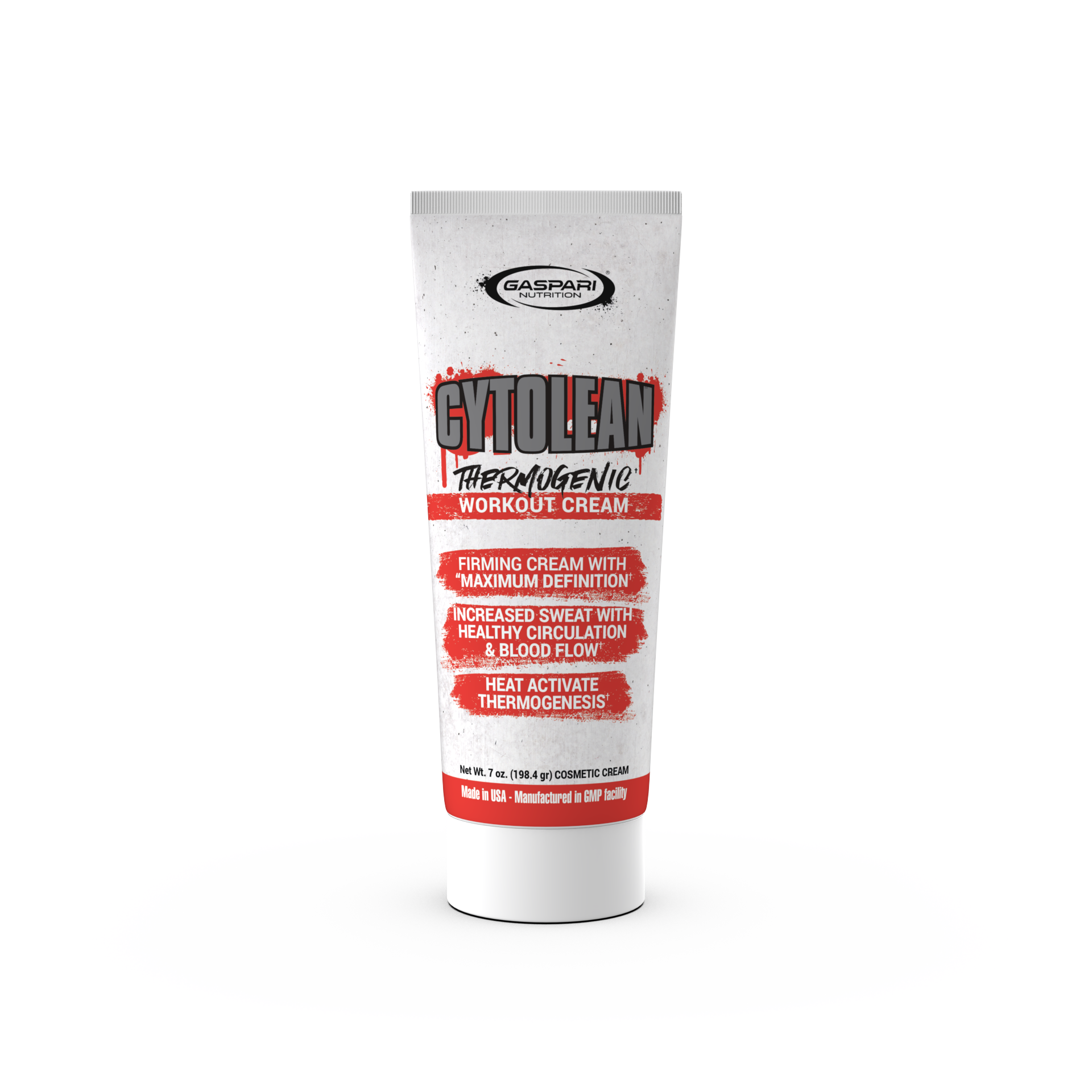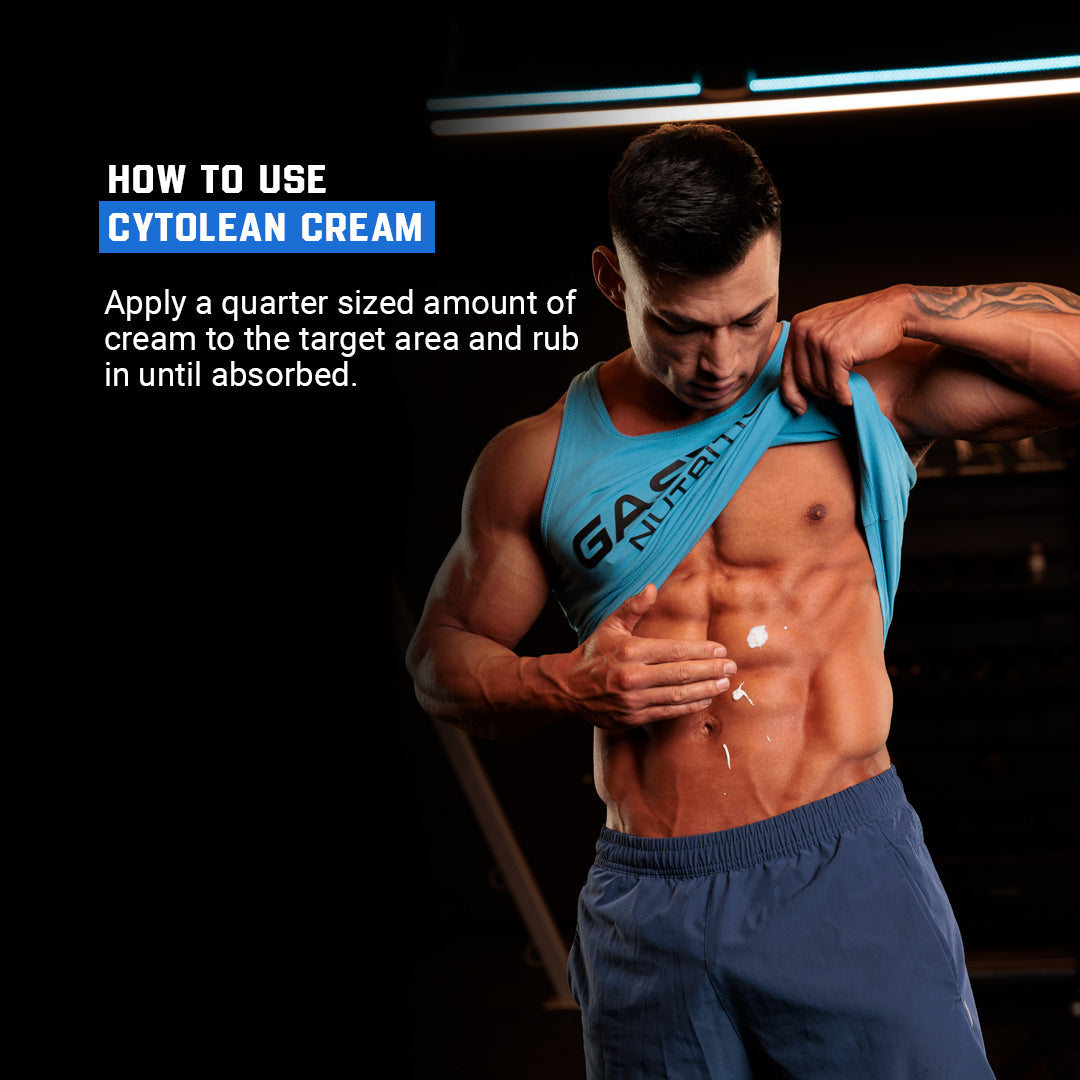MMA is more popular than it has ever been. With gyms opening all over the world, this kind of martial arts training is also more popular than ever. Today’s article is meant to give newcomers to the sport an introduction that will prepare them for the harsh world that they are about to enter.
Selecting A Style
The first thing you will need to do is figure out what kind of school you prefer. You can go to an MMA-specific gym, which should teach a good all-around base of skills geared toward competition fighting. However, you can also go the old-fashioned route and train your martial arts one style at a time. At present, the most popular martial arts styles for MMA fighters include:
- Jiu-Jitsu
- Muay Thai
- Boxing
- Wrestling
- Karate
- Kickboxing
- Taekwondo
Gear That You Will Need
Before you get started, you should invest in all of the following gear.
- At least one mouthguard (3 preferred): Do you want to keep your teeth? We will assume the answer is “yes.” A mouthguard will keep you from looking like a Jack O’ Lantern.
- Groin cup and athletic supporter: Yes, you will probably get hit in the groin even though it’s not allowed. Watch this video and you will never forget your cup again.
- MMA-style gloves: These are pretty standard items, and shouldn’t be too hard to find.
- Hand wraps: These are worn underneath the gloves to help protect your wrists from injury by acting as a brace.
- Appropriate training attire
- Rashguard: This is just a type of training shirt. Most gyms don’t require them, but they do help to protect you from the effects of friction burn. (optional)
- Athletic tape: this can be used to wrap your hands, feet, ankles, wrists, etc. Not always necessary but always handy and not that expensive.
- Knee pads (optional): You may not actually need these, but MMA sessions usually tend to be heavy on the grappling. That can be pretty hard on your knees after a while.
- Shinguards (may or may not be required): Most MMA schools don’t require these, but be aware of their existence in case you need some.
- Headgear (may or may not be required): Also not required by most MMA schools. However, wrestlers will often wear a type of headgear. Therefore, wrestling stylists will definitely need this one.

You may need other items, depending on your school and style. When you find the right school, make sure to consult with your teacher before buying any additional gear.
Tip #1: Be Picky About Teachers
With so many MMA gyms out there, you have the privilege of being picky about your teachers. The main thing is to check their claims and credentials to ensure that they are qualified to teach. You can use this website to search the name of any MMA fighter, whether professional or amateur. If your teacher has actually competed, their win-loss record should be the deciding factor. After all, why would you learn from someone whose methods have not proven to be effective?
That being said, there are some people who just suck at teaching. They might be amazingly skilled martial artists, but that doesn’t necessarily make them good teachers. When you see a teacher who constantly barks orders without actually demonstrating their skills, it is a tipoff that you might be dealing with a dishonest person.
In the martial arts world, MMA is currently “where the money is.” As such, it will naturally attract a certain number of unscrupulous individuals who will attempt to cash in on the popularity of MMA without actually being qualified to do so. That’s another reason to be very careful about who you choose as a teacher.
Tip #2: Show Proper Respect
It is very important to make sure your teacher is worthy. Once you find a good teacher, it is equally important to be a worthy student. Obviously, you don’t usually have to bow and say “yes, master” and “no, master,” but you should always maintain a certain level of respect for the school, your teacher, and your fellow students.
Like all martial arts, MMA is meant to teach a warrior mentality. So, what good is a warrior who has no respect? People like that were usually called bandits or pirates in the past, and that’s probably not the sort of warrior you want to be.
Even if you don’t get into those kinds of ideas, consider the practical importance of maintaining a respectful atmosphere. When you walk into a martial arts school of any sort, you are there to learn…and if not, you shouldn’t be there.
Tip #3: Don’t Just Train At The Gym
If there’s one good piece of advice that we would like to give the newcomer, it is to make sure that you train at home. Coming into the gym once or twice a week and training hard is very important, but let’s not forget that this is a competitive martial art. The people who maintain an everyday training regimen at home will always have a certain advantage over those who only train during class time.
If you feel that you cannot adequately train at home, you are probably mistaken. While you obviously cannot spar or grapple without a partner, there are plenty of things that you can do as a solo martial artist. Of course, your training needs to be suited to your style, so we recommend that you consult your teacher about an appropriate workout routine.
Conclusion
Make no mistake: MMA is a tough sport. You are going to get your ass kicked for a while, and you will probably find yourself wanting to quit at one point or another. However, we urge you to remember that great results only come with great sacrifice. If you would like to make a small sacrifice to help us out, please hit that button below to follow us on Facebook.
The post How To Get Started Training For MMA appeared first on Gaspari Nutrition.













































































Share:
How You Can Use The Pool To Get In Shape For Baseball
Improve Your Soccer Game With These Fitness Tips